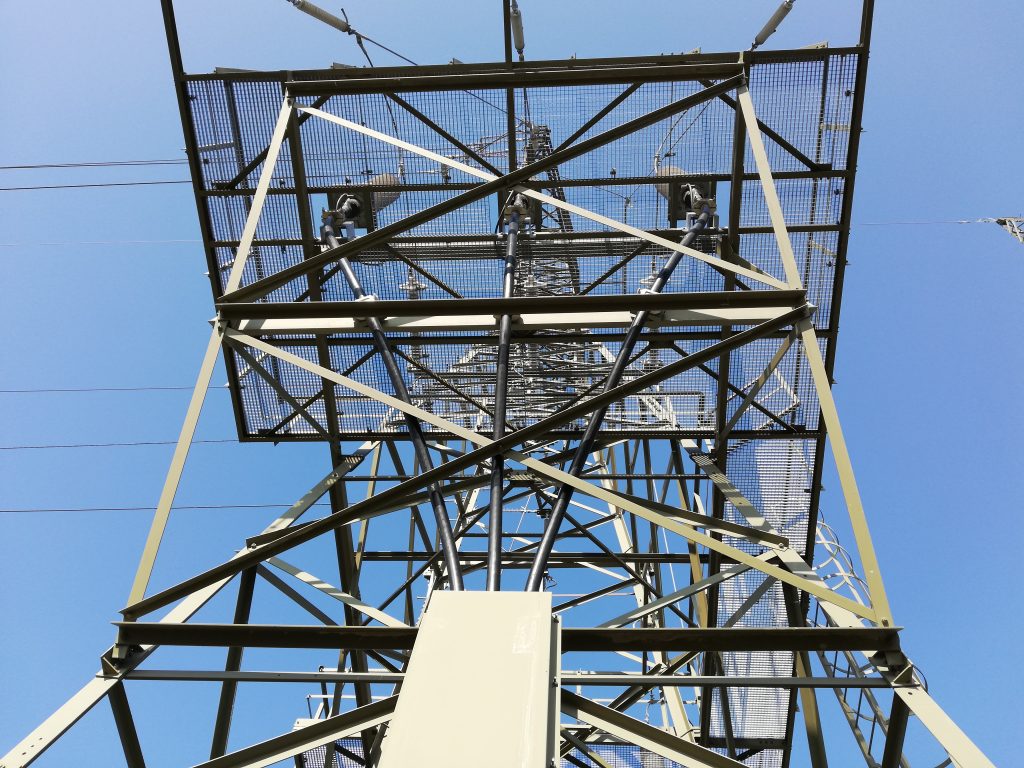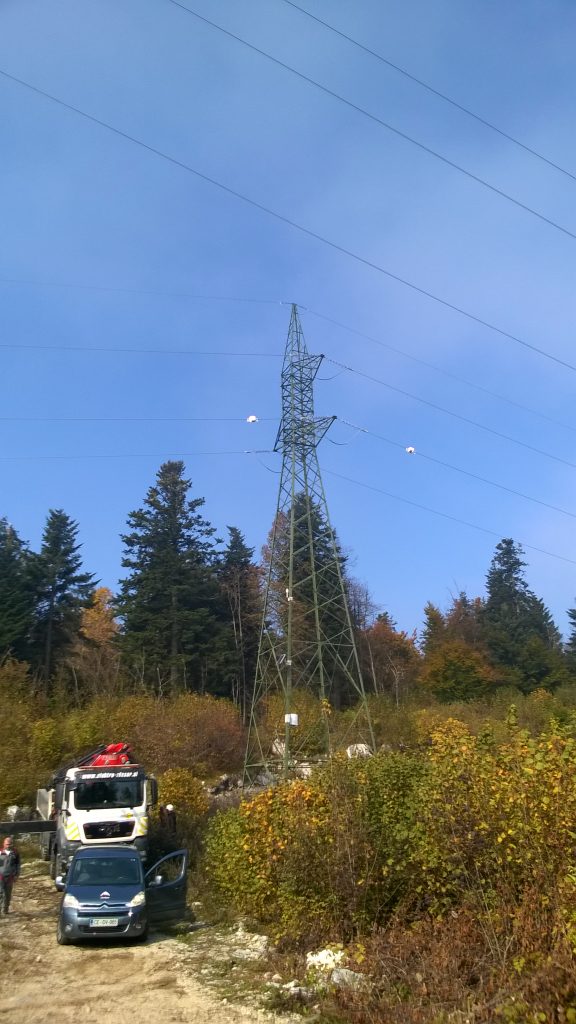
Network investigation of the connection of the solar power plant to be established with a maximum capacity of 30 MVA
The performed tests are the power flow and voltage distribution calculations required for the Feasibility Study related to the construction of the small power plant. The tests are performed in both normal operating mode and presumed degraded operation mode, which requires the calculated underlying short-circuit data as well.
Preparation of research analysis and related documents to refine the transmission network loss forecast
According to the content of the completed Technical Specification, a review of the methodology for the daily forecasting of transmission network losses, the exploration of its errors, and the proposal of a methodology that performs better than the one at present.


Preliminary feasibility study and system plan: Development and testing of a device providing artificial inertia
Development of a new control technology solution suitable for emulating the electromechanical behaviour of synchronous generators on power electronic converters. In addition, development of a prototype battery-powered energy storage device, which enables the developed control technology solution to be tested in practice on a small scale (10–100 kW). The studies include the implementation of field test measurements connected to a synchronous power system. The implementation of laboratory measurements is also covered, as well as the application of Hardware In the Loop (HIL) technology for full-scale analysis and scaling and the evaluation of operation and making recommendations for the practical applicability and scalability of artificial inertia solutions based on experimental studies.
Extension of dynamic line rating (DLR) calculation to the selected Hungarian HV lines (Soroksár-Felsőbád) to improve the dynamic load capacity of transmission lines
Beyond the basic concept of dynamic transmission line load capacity, the implemented extension is to have technical content that implements the functionality of the complex transmission line management subsystems representing the entire transmission line route. The extended DLR model is to be implemented using the MATLAB mathematical software package, which is directly connected to the central database and is capable of real-time data processing and storing the results in the MS SQL database.


Extension of dynamic line rating (DLR) calculation to the selected Hungarian HV lines (Detk-Gyöngyöshalász) to improve the dynamic load capacity of transmission lines
Beyond the basic concept of dynamic transmission line load capacity, the implemented extension is to have technical content that implements the functionality of the complex transmission line management subsystems representing the entire transmission line route. The extended DLR model is to be implemented using the MATLAB mathematical software package, which is directly connected to the central database and is capable of real-time data processing and storing the results in the MS SQL database.
Preparation of a detailed Feasibility Study Plan for the Aquincum Bridge and associated transport network
To design the bridge, a new Danube crossing must be planned north of the Újpest railway bridge. Variants need to be developed for the type of the bridge, the type of the structure and the cross-section. The design of the related transport network within the planning area requires the development of variants for the route of the related transport network, including micro mobility- and road connections.


Flex.On Production Control Study
The study aimed at categorizing and examining the implementation of international good practices for the involvement of weather-dependent producers connected to the distribution network for regulatory purposes. On the other hand, in addition to the domestic network conditions, the examination of the impact of different regulatory solutions on the network has been conducted, as well as methodological recommendations for the comparison of different control strategies shifted over time at a given power plant.
Study – Review of voltage regulation options and allowable voltage drops due to distributed power generation set out in the Network Planning Directive
The aim of the study is to determine such network planning / network development / network operation recommendations for users connected to the Low-Voltage (LV) network, that are suitable for providing the voltage tolerance spectrum allowed by the standard / guaranteed service. The test shall take into account the stage number and control range of the HV / MV transformers operating on the distribution network, as well as the deadband of the automatic voltage regulation, the voltage transmission, tapping range, tapping stages of the MV / LV transformers used on the network, the value of the allowable voltage drop on the MV and LV network and the consumer connection cable, the characteristics of everyday, periodic, seasonal, single-zone, and solar production profiles, the characteristic topology of the MV and LV network, and the effects of the LV network asymmetry.


Mátra Life project − C4.2 − Clean energy storage for balanced solar power subproject – Assessment of the energy market and the environment
The study examines the opportunities for cooperation between Li-ion battery storage technology and solar PVs at a high level. The study includes a justification for the cooperation of these two systems (PV + storage), taking into account the national energy strategic goals, the framework of the Life program, its integration into decarbonisation strategies, and the expectations of long-term usability and replicability. The risks related to achieving the PV targets set by the Hungarian energy policy have been identified, together with the expected changes in the operation of the electricity system, their comparison with the targets related to the energy storage, and the relevant synergies. The installation and operation of the energy storage facility has been proposed on the basis of a multi-criteria analysis.
